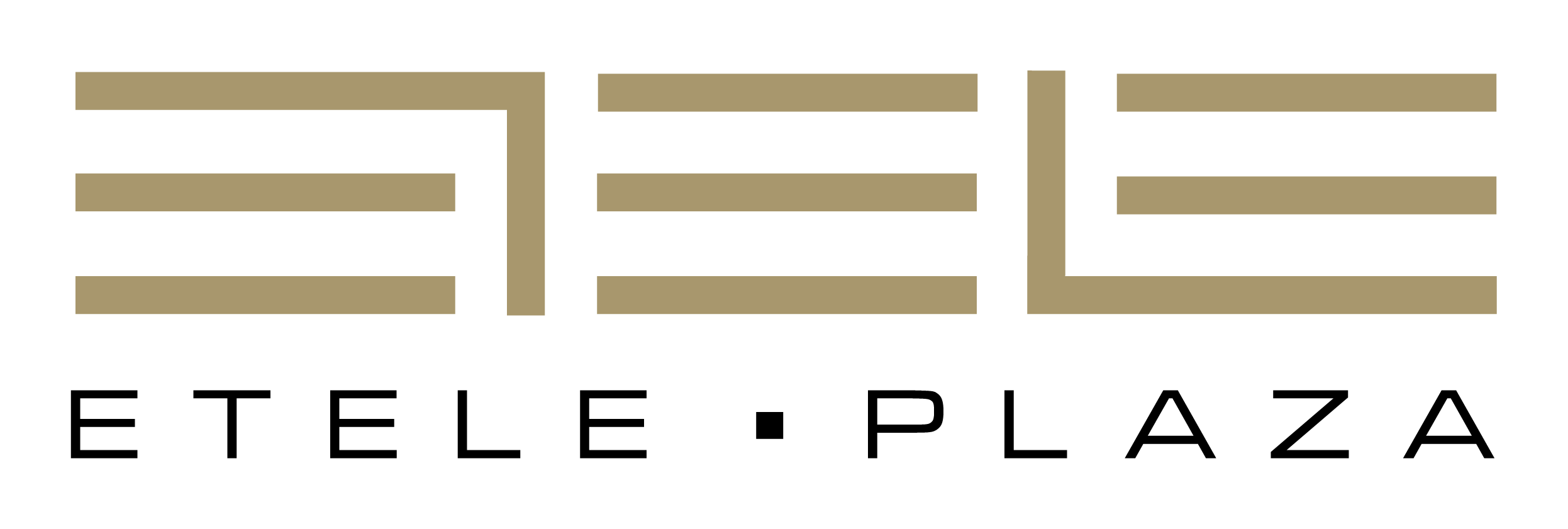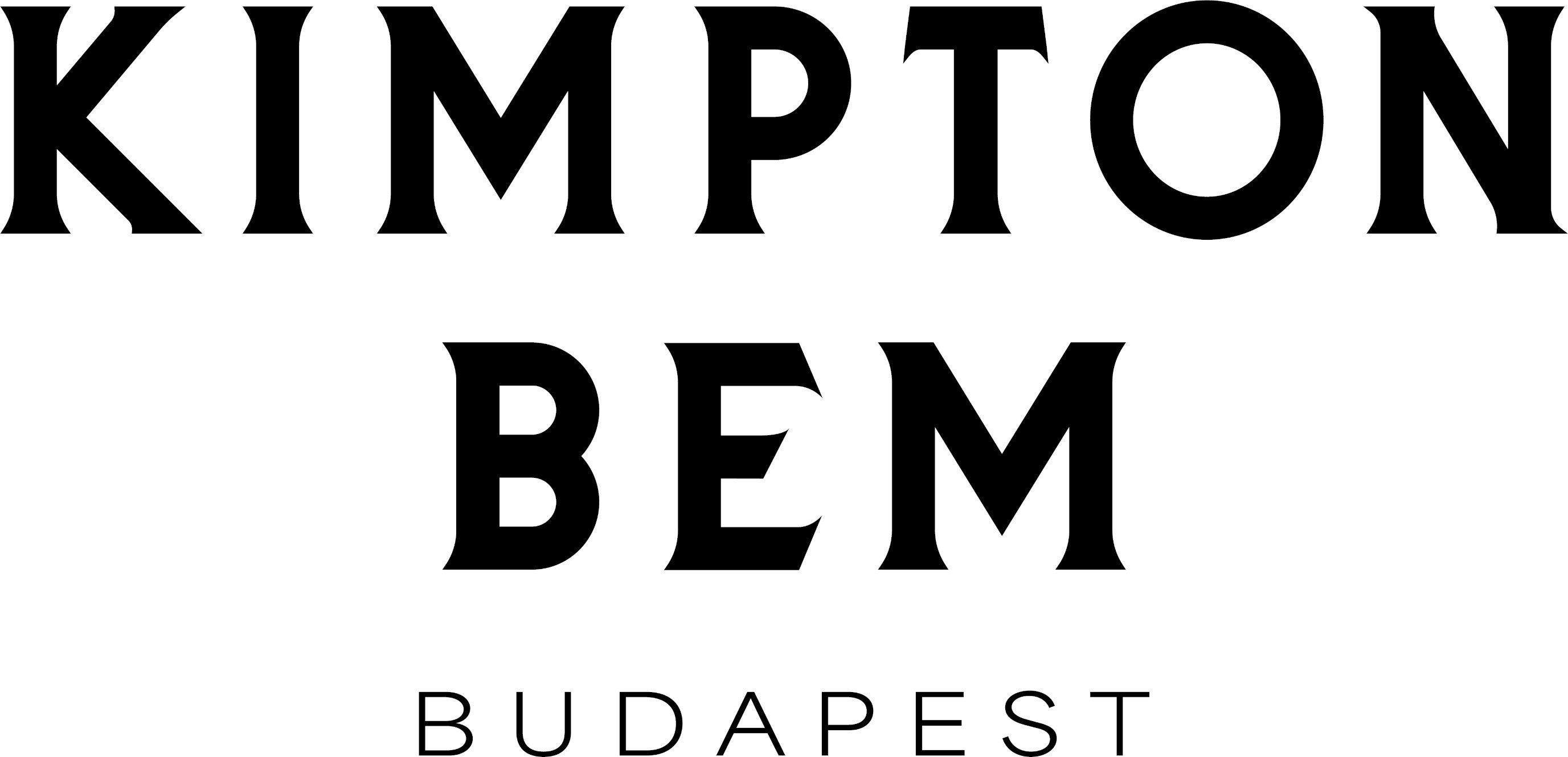Contemporary Chinese Art Exhibition, Museum Of Fine Arts Budapest
- 9 Aug 2012 9:00 AM

The flourishing of contemporary art in China has overlapped in time with the country’s economic development. In the last few decades the art of China, which has boldly embraced the challenges of globalisation, has been closely tied with the social processes that have been undergoing continuously since 1949, the year when the People’s Republic of China was declared.
Art trends from Europe and North America (from Expressionism through Pop Art to Action Art) have exerted a significant influence on contemporary Chinese art; seeking fresh approaches and forms of expression have led to the creation of a kind of witches’ kitchen, in operation even today, where new ideas are blended while tradition is also kept alive with varying degrees of intensity. The object of experimentation has sought to create a novel visual idiom through the most varied mediums and techniques: besides ink and oil paintings, prints, drawings and woodcuts an accentuated role has been assigned to photography and video installations (amongst others) in Chinese art in recent decades.
Chinese painting underwent significant change after 1949. Traditionally painting served the purpose of the visual representation of ideas and not realistic depiction, and artists would often work in isolation, secluded from the world. The bird, flower and landscape depictions of classic monochrome ink compositions that propagated the philosophy of unity between man and nature using visual means slowly lost their validity since they were unsuitable for the realistic depiction of the tangible world. Thus, they were replaced by the oil painting technique imported from Europe, which became a much liked tool of the government since it was an excellent means with which to depict the events and figures of Chinese history and the revolution.
Starting from 1978, led by Deng Xiaoping, ideological trends of a new kind slowly came to define the development of the arts in China. Contemporary trends from the West raised doubts about the merely realistic approach that dominated art at the time and encouraged artists to experiment with modern means of expression while at the same time prompted them to rethink traditional forms.
The spiritually charged nature of traditional Chinese painting coupled with the tools of abstraction and expressionism brought forth a new style in that period. Then, in the 1980s and 1990s yet other trends emerged, such as “rural realism” with its themes taken from life in the countryside, “classicism” rooted in European art, as well as the various Avant-garde trends borrowed from the West, including Expressionism (which appealed to Chinese artists thanks to its highly subjective symbolic content), Surrealism and Hyperrealism, the last of which has been carried on up until the present day. With the spread of globalisation the distinction between “I” and “the other” has been amplified but at the same time provided a basis for expressing the cultural and social diversity of China.
Contemporary Chinese art has not only seen the revival of the Avant-garde but also the strengthening of traditional genres filled with renewed content. Contemporary pictures made with traditional ink and wash painting and woodcut printing techniques breathe with classic Chinese aesthetics and symbolism but already reflect the image of a modern society.
Open between: 10 August 2012 – 9 September 2012
Source: Museum Of Fine Arts
Address: Dózsa György út 41, 1146 Budapest
Telephone: +36 1 469 7100



























LATEST NEWS IN community & culture